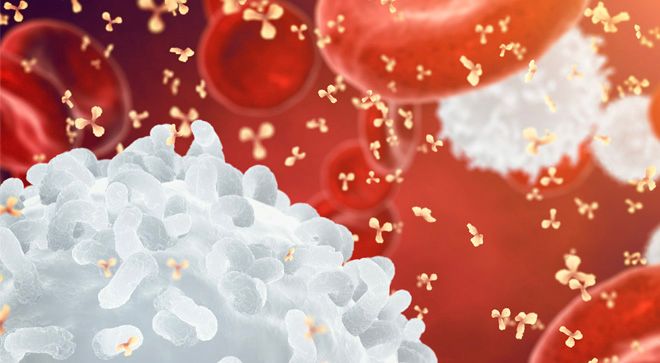Article
Novel Combinations Continue to Shape Mantle Cell Lymphoma Treatment Options
Author(s):
New drug regimens are not only personalizing the treatment of patients with mantle cell lymphoma, but they’re also improving outcomes, too, explained Chaitra S. Ujjani, M.D.
New drug regimens are not only personalizing the treatment of patients with mantle cell lymphoma, but they’re also improving outcomes, too, explained Chaitra S. Ujjani, M.D.
“For MCL, we’re hopefully switching to a space similar to chronic lymphocytic leukemia, where we’re seeing more targeted therapies,” Ujjani, a hematologist/oncologist at Seattle Cancer Care Alliance said in an interview with OncLive, a sister publication of CURE.
Most recently, BTK inhibitors have demonstrated promising activity in patients with relapsed/refractory mantle cell lymphoma. Both Imbruvica (ibrutinib) and Calquence (acalabrutinib) are currently approved for patients who have had one or more previous lines of therapy.
Ujjani explained that researchers are now trying to find ways to mitigate the side effects that patients experience when treated with Imbruvica. In this instance, they are looking to see if Calquence can improve the safety and efficacy of Imbruvica, while ensuring both agents fit in to the treatment paradigm for these patients.
“Response rates have been very promising; we’re just waiting to see how durable the responses are,” Ujjani said. “(Calquence) also appears to be a bit better tolerated. We will see a little bit of bleeding, but nothing significant.”
When it comes to treating patients with relapsed or refractory mantle cell lymphoma, there is currently no clear decision on which agent — Imbruvica or Calquence – is better. But there are some patient-specific concerns to consider, according to Ujjani.
“Thus far, we don’t really know which one is better. Ibrutinib is given once a day, while acalabrutinib is given twice a day. Patient compliance is something you have to take into consideration,” she said. “That adverse event profile of the drug is also something to think about. In terms of bleeding risk, if someone has a high risk of bleeding, perhaps we avoid ibrutinib. It depends on the individual.”
Now, BTK inhibitors are being explored in the frontline setting for patients with relapsed or refractory disease. The phase 2 ENRICH trial is investigating Imbruvica plus Rituxan (rituximab) as a maintenance therapy.
In addition, other agents like BCL-2 inhibitors could be beneficial in the treatment of patients with mantle cell lymphoma. For example, Venclexta (venetoclax) has shown promise in treating patients with chronic lymphocytic leukemia. In a phase 2 study, the combination use of Venclexta plus Imbruvica appeared to be encouraging, Ujjani said.
Lastly, while chimeric antigen receptor (CAR)-T cell therapy has been up-and-coming in the blood cancer space, it’s still too soon to determine what role it will play in mantle cell lymphoma.
“We’re still trying to determine how old a patient should be to safely receive CAR-T cells,” Ujjani said. “We have a pretty good hand on how to manage (side effects). Once we get a better idea of who can handle this therapy, we will better understand where this fits into treatment.”
This story was adapted from an article that originally appeared on OncLive.com titled, “Expert Explains Latest Advanced in Hodgkin Lymphoma, MCL”




